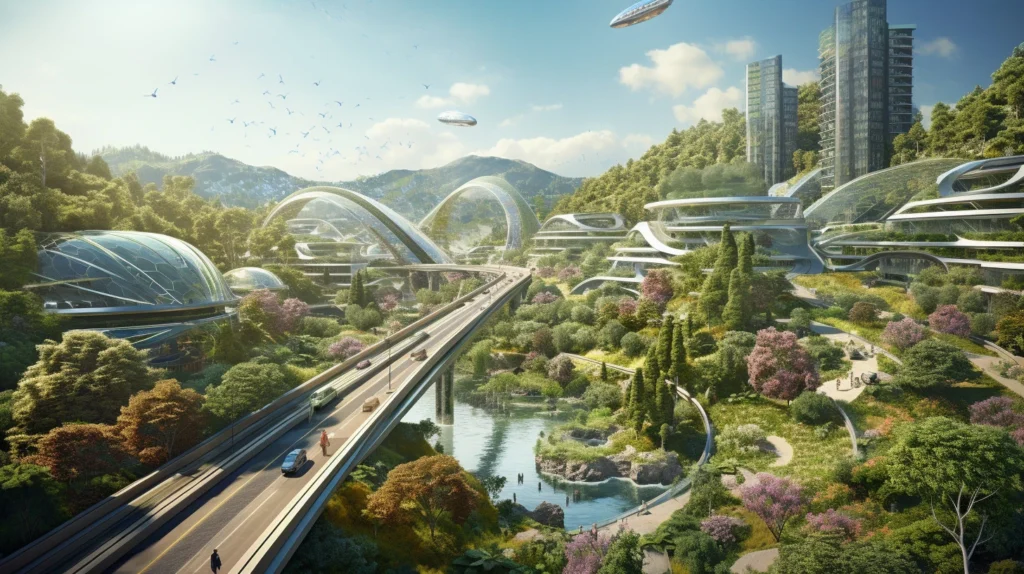In an era where technology and environmental consciousness converge, Artificial Intelligence (AI) emerges as a pivotal tool in driving sustainability efforts across various sectors. The rapid advancement of AI technologies has transitioned from theoretical research to practical applications, profoundly impacting everyday life. As AI integrates into industries like healthcare, finance, and manufacturing, its role in sustainability becomes increasingly significant. With growing concerns over environmental degradation and resource depletion, the urgency for sustainable practices is more pressing than ever. AI stands as a transformative force in sustainability, with its unparalleled ability to process data, predict outcomes, and optimize processes. This article delves into how AI contributes to environmental, social, and economic sustainability, examines the challenges and ethical considerations, and showcases real-world examples of AI-driven sustainability initiatives.
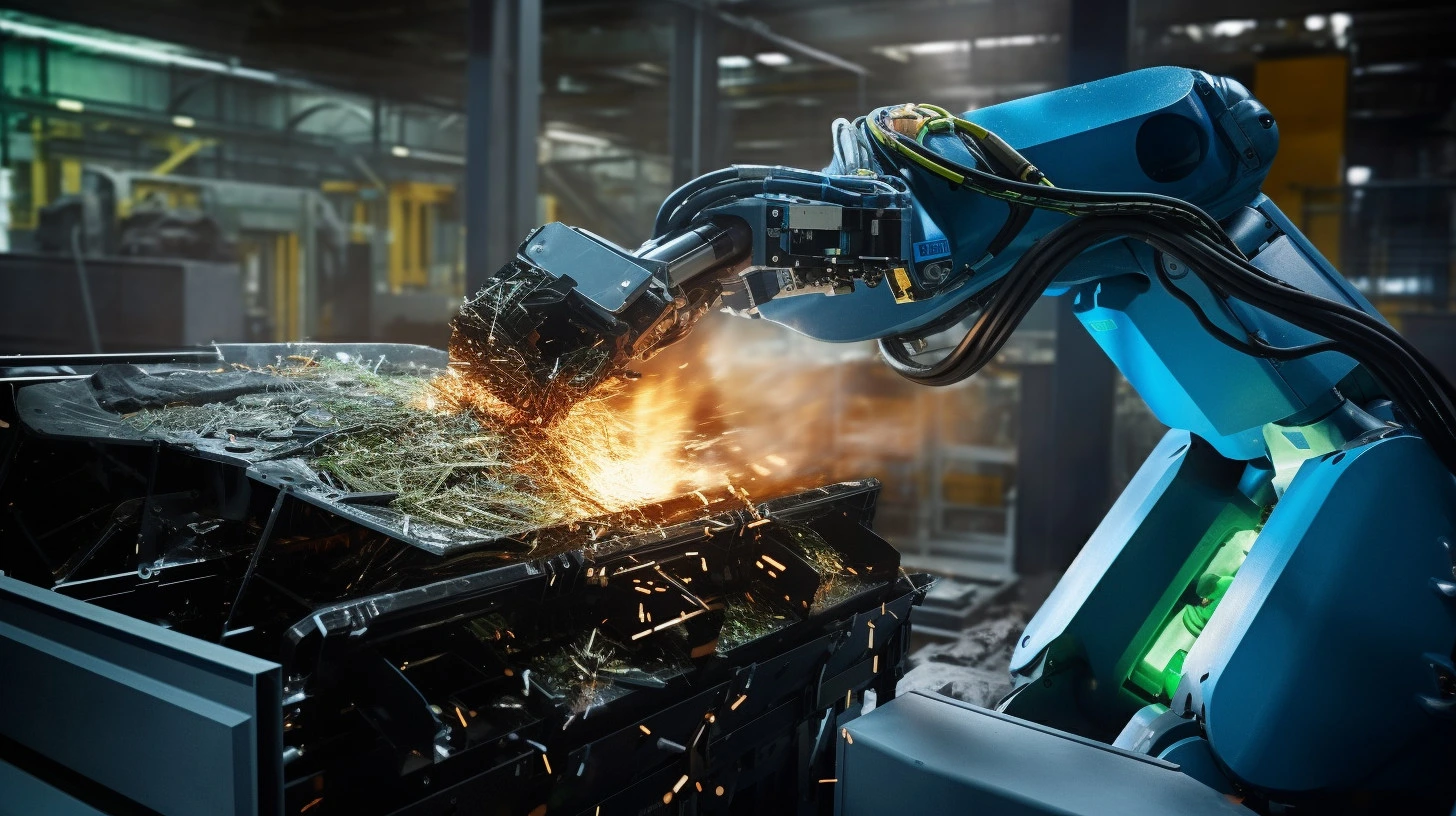
Understanding AI and Sustainability
Artificial Intelligence, a branch of computer science, is revolutionizing industries with its ability to learn, adapt, and optimize processes. AI systems, from machine learning algorithms to neural networks, are designed to analyze data, recognize patterns, and make decisions with minimal human intervention. This capability positions AI as a powerful tool for addressing complex global challenges, including those related to sustainability.
The Concept of Sustainability
Sustainability, at its core, is about meeting our present needs without compromising the ability of future generations to meet theirs. This concept extends far beyond environmental conservation, encompassing a holistic approach that includes social equity and economic viability. It’s a multi-dimensional goal aimed at creating a balanced and harmonious relationship between humanity and the Earth.
Environmental Sustainability
This aspect focuses on protecting natural resources and ecosystems. It involves actions and policies aimed at conserving natural habitats, reducing pollution, and mitigating the effects of climate change. The goal is to maintain the health of the planet’s ecosystems, ensuring they can continue to provide the necessary resources and services for life.
Social Sustainability
Social sustainability is about maintaining and improving the well-being of individuals and communities. It encompasses issues like equality, human rights, education, and community development. The aim is to create an equitable society where all individuals have access to the resources and opportunities they need to thrive.
Economic Sustainability
Economic sustainability involves creating economic value in a way that also contributes to the ecological and social environment. It’s about businesses and economies operating in ways that are not only profitable but also socially responsible and environmentally sound. This includes practices like ethical business models, sustainable supply chains, and investment in green technologies.
The Interconnectedness of the Three Pillars
These three pillars of sustainability – environmental, social, and economic – are deeply interconnected. For instance, environmental conservation can lead to economic benefits such as job creation in renewable energy sectors. Similarly, social sustainability, through education and empowerment, can lead to more informed and responsible environmental practices.
The Challenge of Achieving Sustainability
Achieving sustainability is a complex challenge. It requires a comprehensive approach that balances these three pillars. This involves policy-making, technological innovation, and changes in individual behavior and societal norms. It’s about making decisions that consider long-term impacts rather than short-term gains, ensuring a healthy, equitable, and prosperous world for future generations.
How AI and Sustainability Intersect
The intersection of AI and sustainability lies in the use of intelligent technology to enhance environmental, social, and economic outcomes. AI can analyze environmental data to predict climate patterns, optimize resource use in industries, and even aid in policy-making for sustainable development. This synergy between AI and sustainability is paving the way for innovative solutions to some of the most pressing environmental challenges.
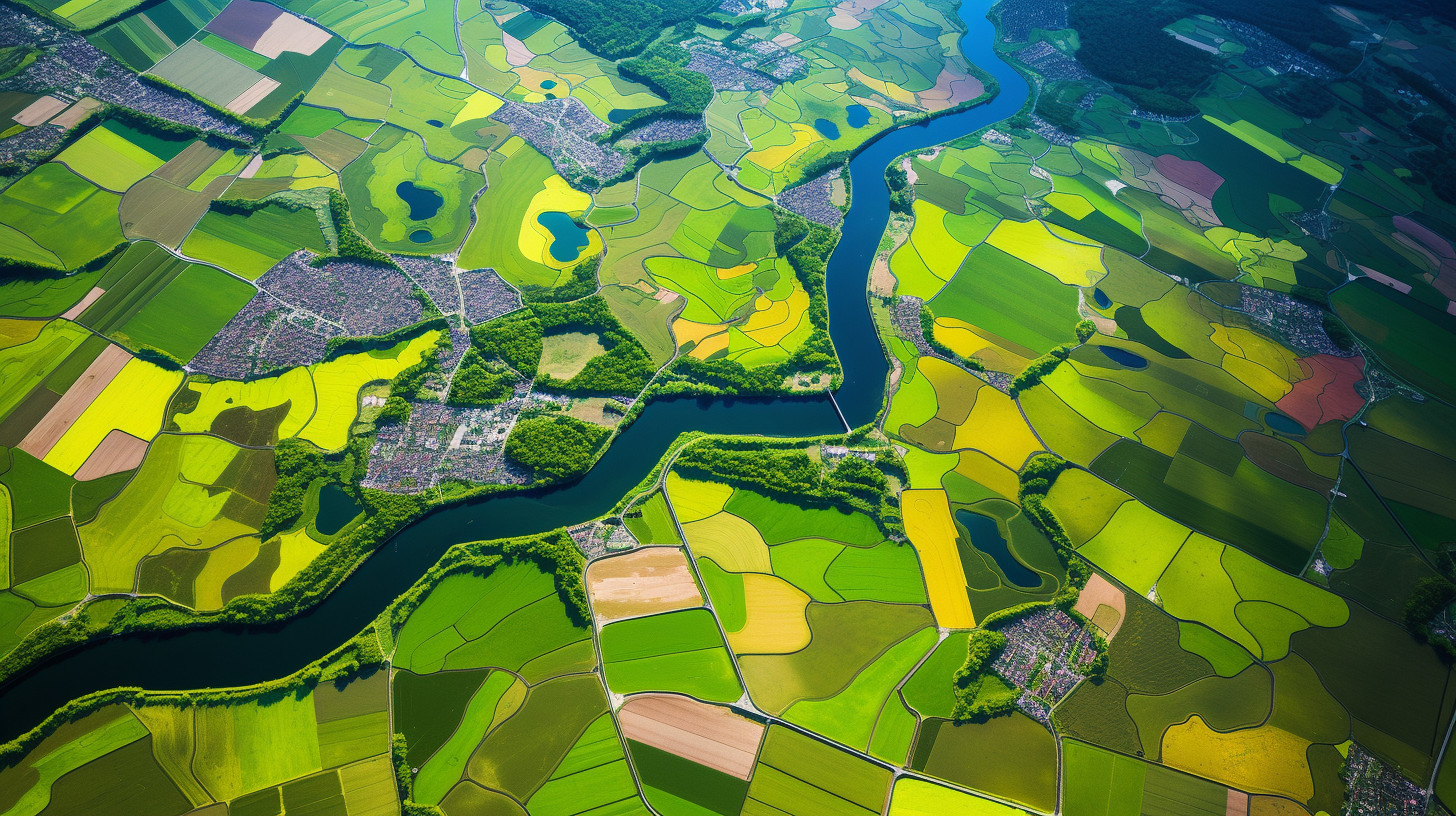
AI in Environmental Sustainability
AI is a game-changer in the fight against climate change, offering innovative ways to reduce greenhouse gas emissions. By analyzing climate data, AI can help in predicting and mitigating the effects of climate change. For instance, AI algorithms are used to optimize energy consumption in buildings and industries, significantly reducing carbon footprints.
AI in Conservation and Biodiversity
Leveraging AI in conservation efforts is transforming how we protect and manage biodiversity. This technology is crucial in preserving natural habitats and ensuring the survival of diverse species. AI’s role in conservation and biodiversity can be seen in several innovative applications:
Wildlife Monitoring and Protection
AI algorithms are increasingly used to analyze data from camera traps, drones, and satellite images to monitor wildlife populations. These systems can identify and count animals, even in dense and remote habitats, providing crucial data for conservation efforts. For example, AI has been used to track the movements of endangered species like elephants and tigers, helping to prevent poaching and understand their behavior better.
Habitat Analysis and Restoration
AI tools analyze environmental data to assess the health of ecosystems. They can identify changes in land use, deforestation rates, and the impact of human activities on natural habitats. This information is vital for planning restoration projects and conservation strategies. AI can also predict how changes in the environment, such as climate change, might affect different species and ecosystems, allowing for proactive measures.
Species Identification and Biodiversity Assessment
AI-powered image recognition and machine learning algorithms are used to identify species, including plants, animals, and insects, from photographs. This technology makes it easier to conduct biodiversity assessments and monitor changes in species populations over time. Citizen science projects often use these tools, allowing the public to contribute to biodiversity monitoring by uploading photos of flora and fauna for AI analysis.
Combating Illegal Wildlife Trade
AI is being used to combat the illegal wildlife trade by analyzing patterns in online data and marketplaces. Algorithms can identify illegal listings of endangered species and products, helping law enforcement agencies to track and stop these activities. AI can also analyze shipping data to identify suspicious patterns that might indicate wildlife trafficking.
Genetic Analysis for Conservation
AI assists in analyzing genetic information from different species. This analysis can help in understanding genetic diversity within populations, identifying genetically important individuals for breeding programs, and even resurrecting genes from extinct species. This genetic insight is crucial for maintaining healthy populations and can guide conservation efforts.
Challenges and Future Directions
While AI offers remarkable tools for conservation and biodiversity, challenges remain. These include ensuring the accuracy of AI models, dealing with vast amounts of data, and integrating AI tools into the existing conservation framework. Future directions may involve more collaborative efforts between technologists, conservationists, and local communities, as well as the development of more sophisticated AI models that can provide even deeper insights into the natural world.
AI in Sustainable Agriculture
AI-driven technologies are revolutionizing sustainable agriculture by optimizing resource use and increasing crop yields. This technological advancement is not just enhancing agricultural productivity but also ensuring that farming practices are environmentally friendly and economically viable. The role of AI in sustainable agriculture can be seen through various innovative applications.
Precision Farming
One of the most significant contributions of AI in agriculture is precision farming. This approach uses AI algorithms to analyze data from various sources like satellite images, weather forecasts, and soil sensors. Based on this analysis, farmers can make informed decisions about planting, watering, and harvesting. Precision farming ensures that crops receive exactly what they need, minimizing waste of resources like water and fertilizers, and reducing the environmental impact of farming.
Crop Health Monitoring
AI tools are used to monitor the health of crops through image recognition technologies. Drones and satellites equipped with cameras capture images of the fields, and AI algorithms analyze these images to detect signs of disease, nutrient deficiencies, or pest infestations. Early detection allows farmers to take targeted action, reducing the need for broad-spectrum pesticides and enhancing crop yields.
Yield Prediction and Optimization
AI models can predict crop yields by analyzing data on weather patterns, soil conditions, crop health, and historical yield data. This prediction helps farmers plan better and manage their resources more efficiently. It also aids in supply chain management, as companies can prepare for the amount of produce that will enter the market.
Automated and Robotic Farming
AI-driven robots and autonomous vehicles are being used for various farming tasks, including planting, weeding, and harvesting. These machines can work around the clock, increasing efficiency and reducing the need for manual labor. They also perform tasks with precision, reducing waste and damage to crops.
Sustainable Irrigation Systems
AI is used to develop smart irrigation systems that optimize water usage. These systems analyze data on soil moisture, weather forecasts, and plant water requirements to determine the optimal watering schedule. This technology is particularly crucial in regions facing water scarcity, ensuring that crops receive enough water while conserving this vital resource.
Challenges and Future Prospects
Despite its potential, AI in agriculture faces challenges such as high costs of implementation, the need for technical expertise, and concerns about data privacy and security. Future prospects include the integration of AI with other emerging technologies like blockchain for better data management and the development of more user-friendly AI tools that can be easily adopted by farmers worldwide.
In conclusion, AI is playing a transformative role in sustainable agriculture, offering solutions that are both efficient and environmentally friendly. From precision farming to automated agricultural practices, AI is helping to create a more sustainable and productive agricultural sector. As technology continues to evolve, it is poised to address more challenges and open up new possibilities in the realm of sustainable farming.
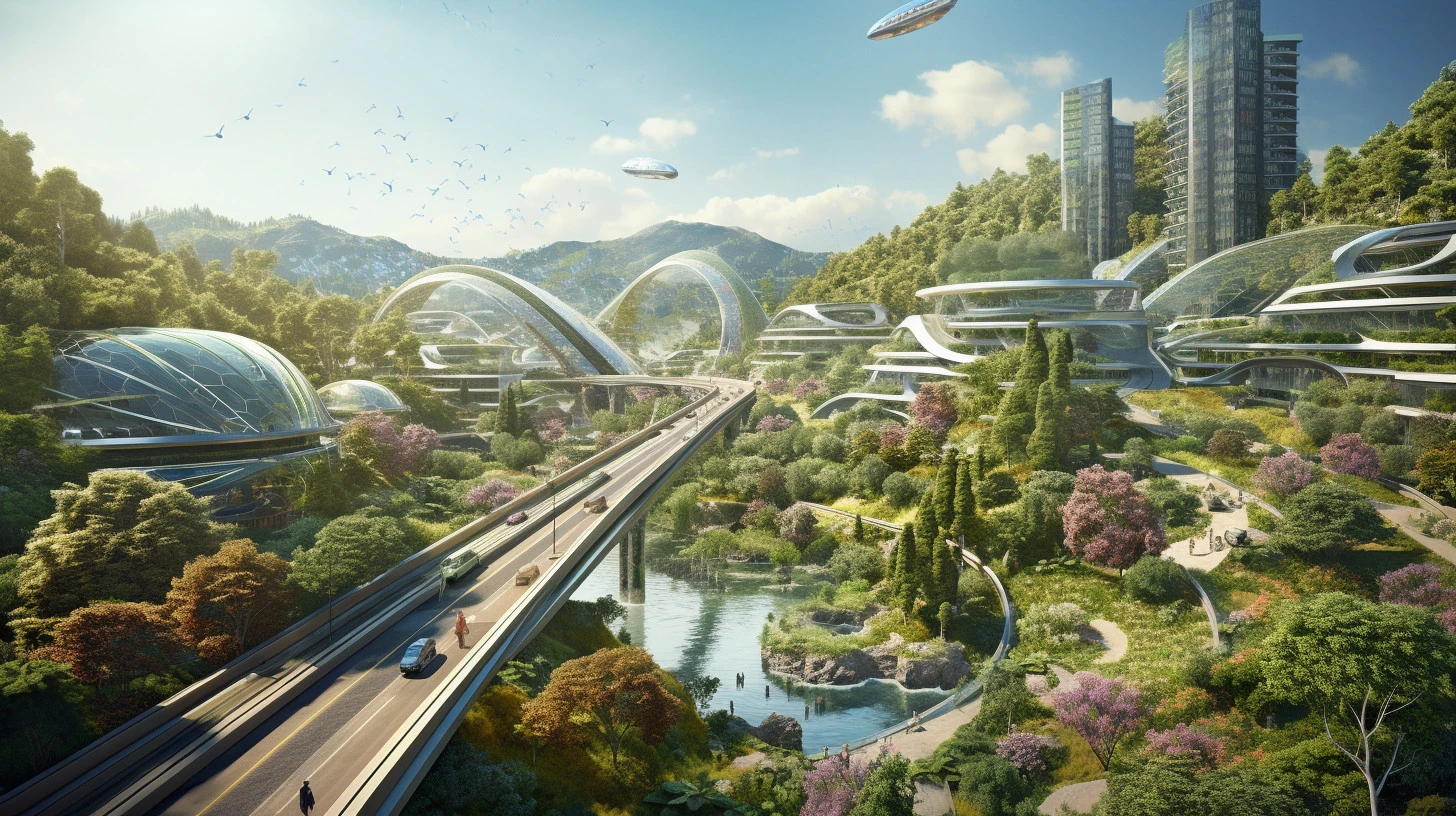
AI in Social Sustainability
AI is playing a crucial role in enhancing educational tools and raising awareness about sustainability issues. Interactive AI-powered platforms are making learning more accessible and personalized, fostering a better understanding of sustainability among students and the general public.
AI in Healthcare and Well-being
The application of AI in healthcare is not only improving patient outcomes but also promoting social sustainability. AI algorithms assist in diagnosing diseases, predicting patient outcomes, and optimizing treatment plans. This advancement ensures better healthcare services, contributing to the overall well-being of communities.
AI in Sustainable Urban Development
Smart cities, powered by AI, are the epitome of sustainable urban development, balancing growth with environmental care. AI technologies manage traffic flows, optimize public transportation, and monitor energy usage in buildings, making cities more livable and sustainable.
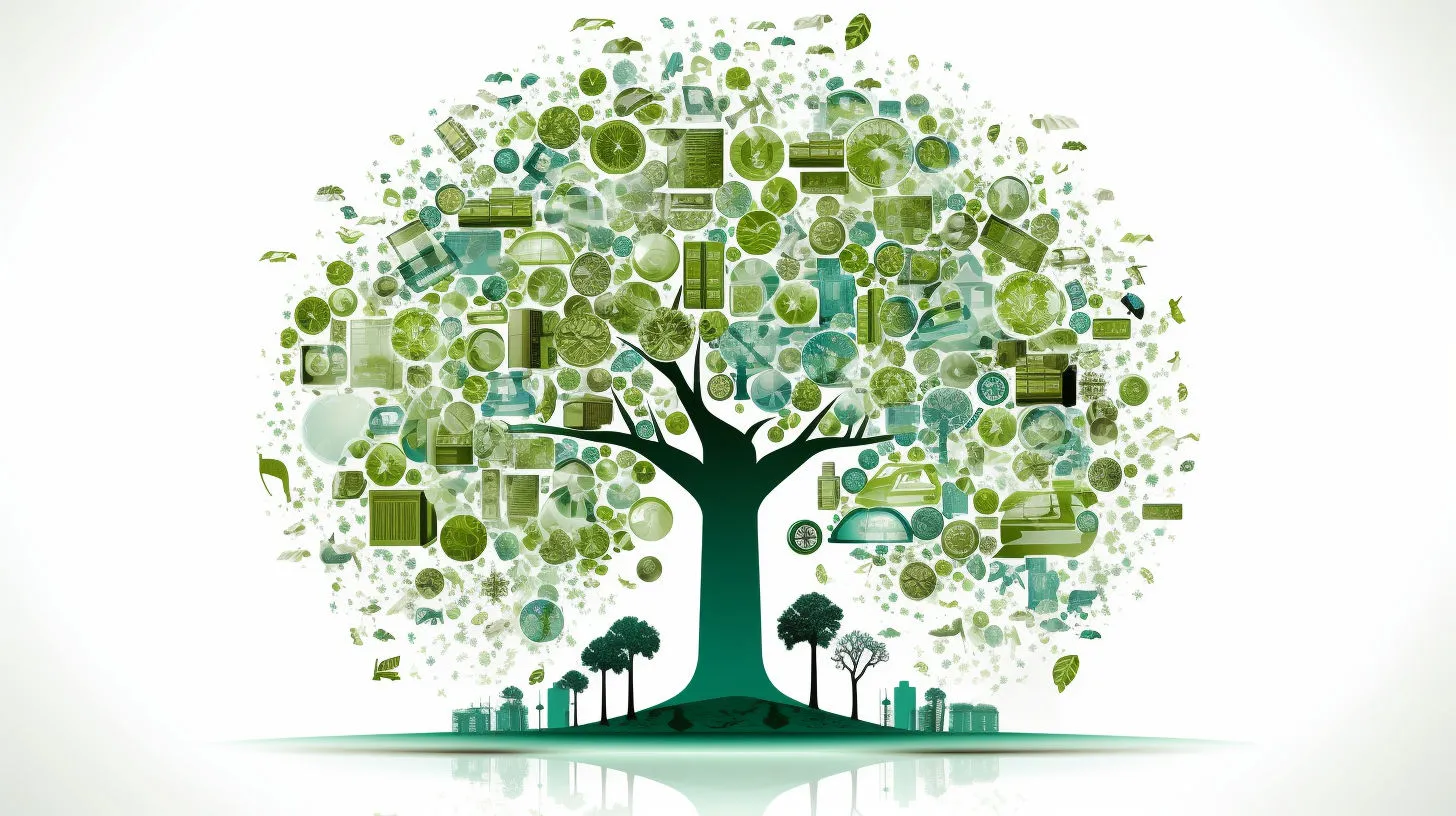
AI in Economic Sustainability
AI is instrumental in advancing green energy solutions and enhancing energy efficiency in industries. By optimizing renewable energy sources and improving grid management, AI contributes to a more sustainable and economically viable energy sector.
AI in Sustainable Business Practices
Businesses are increasingly adopting AI to drive sustainable practices and foster economic growth. AI helps companies in supply chain optimization, reducing waste, and improving product lifecycle management. These practices not only benefit the environment but also enhance business efficiency and profitability.
AI in Circular Economy
The circular economy, aided by AI, is redefining waste and resource management for sustainable economic development. AI systems analyze consumption patterns and optimize recycling processes, promoting a shift from a linear to a circular economic model, where resources are reused and recycled.
A Vision for a Sustainable Future: The Role of AI
As we navigate the complexities of integrating AI into our sustainability endeavors, it’s clear that this technology is not just a tool, but a partner in shaping a sustainable future. The potential of AI in enhancing sustainability is immense, but it comes with its set of challenges. Addressing issues like AI bias, the environmental cost of AI technologies, and ensuring ethical use are crucial for the successful and responsible application of AI in sustainability. The journey towards a sustainable future is a collaborative effort, and AI stands as a key ally in this endeavor, offering innovative solutions and hope for a greener, more sustainable world.
This post is also available in Deutsch.

